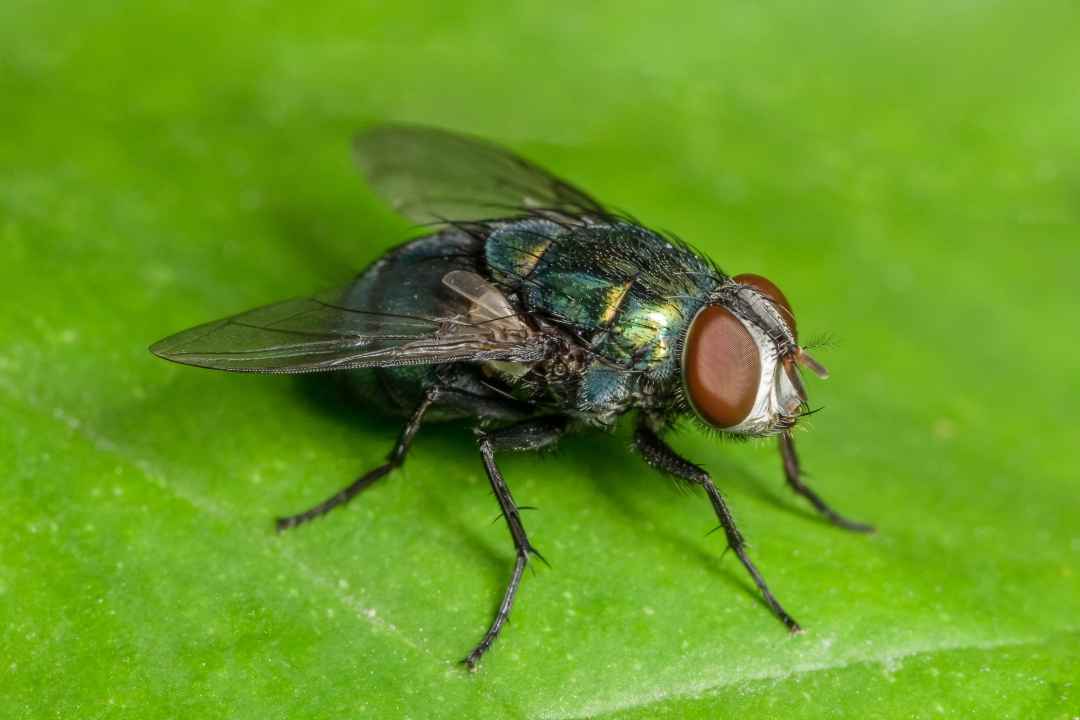USDA Opens Sterile Fly Dispersal Facility in Mexico to Protect US Livestock
USDA opens a sterile fly facility in Mexico to strengthen screwworm prevention and protect U.S. livestock and ranchers from potential outbreaks.
The U.S. Department of Agriculture (USDA) has opened a new sterile fly dispersal facility in Tampico, Mexico, expanding the agency’s efforts to slow the movement of New World screwworm (NWS) toward the United States. The facility enables USDA to conduct aerial releases of sterile flies across northeastern Mexico — an area that includes Nuevo León, where two detections occurred earlier this fall.
Federal officials say the expanded release zone is a critical step in protecting U.S. livestock, particularly cattle producers across southern states who remain vulnerable if the pest moves north.
“The opening of the Tampico sterile fly dispersal facility is another incredibly important tool in our arsenal to stop the spread of screwworm,” said U.S. Secretary of Agriculture Brooke L. Rollins. She noted that the new site increases flexibility and responsiveness for operations in northern Mexico and supports joint U.S.–Mexico efforts to push the pest farther south.
NWS is a parasitic fly whose larvae feed on warm-blooded animals, making rapid response key to preventing outbreaks. While the majority of new cases in Mexico remain confined to the far southern region, USDA continues to disperse about 100 million sterile flies per week as part of a long-term containment program. Until now, aerial releases have been limited to southern Mexico, requiring ground-release chambers in the north.
The detections closest to the U.S. border — found 70 and 170 miles south — occurred in young cattle transported from Chiapas. Both cases are no longer active, and no NWS flies have been detected in local traps. The new facility will allow USDA to transition from ground to aerial dispersal in Nuevo León, increasing coverage and consistency in higher-risk zones.
To expand production capacity, the USDA is also investing in Mexico’s renovation of a sterile insect facility in Metapa, expected to double output once operational in 2026. Additional U.S. infrastructure is underway as well: construction has begun on a sterile fly dispersal facility at Moore Air Base in Edinburg, Texas, slated to open early next year. Another production facility in southern Texas is planned to reach a capacity of up to 300 million sterile flies weekly.
USDA continues to coordinate with Mexico’s agriculture authority, SENASICA, on surveillance, movement protocols and the broader NWS Action Plan. These measures are intended to safeguard U.S. cattle, sheep, goats, wildlife and other susceptible animals while minimizing potential economic losses for producers.
For American ranchers, especially along the southern border, the expanded dispersal network represents a significant buffer against disease pressure during a period of heightened concern across North America’s livestock sector.


